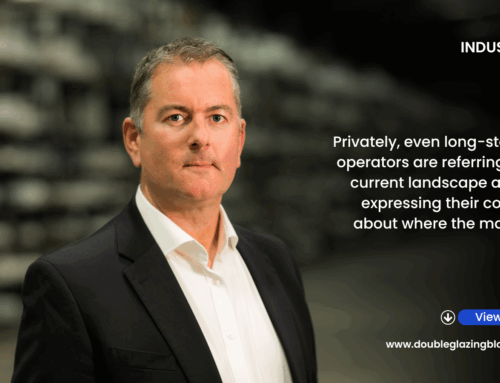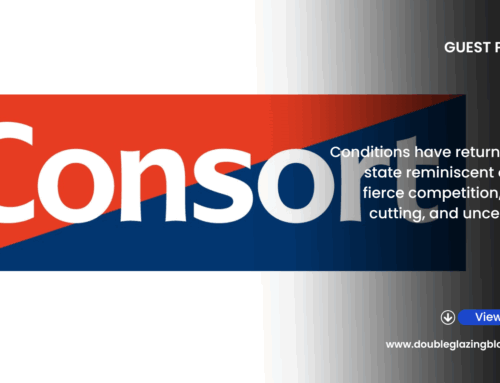I have long argued that the price of new windows and doors should be higher than it was. In fact, it’s a point I have made almost since the beginning of DGB nearly 13 years ago. I sensed that there was general agreement with that sentiment.
However, I don’t think the eyewatering price inflation is what we all had in mind.
Not so fast
When I get a moment, I will dig out a quote from 2019 and price it again at 2022 costs and see what the difference is. I already know it will be in the significant double-digits. I suspect many of you reading this on the installation side of our sector will also see the same thing.
For a very long time, we have all known that the price at which we sell new windows and doors to the general public had been kept artificially low for far too long. Through our propensity to sell on price first, quality second, prices end-users paid for their new windows and doors did not rise with inflation as other products did in other sectors.
If you take a look at the cost of a family saloon car, or a holiday, or a new Kitchen or Bathroom, the prices in those sectors have risen steadily over time. The same cannot be said for our own goods and that is ultimately down to how we have chosen to sell. Other sectors around us appear to have recognised that quality and service commands higher prices. We were late for that party.
The reality is, however, that debating about selling on quality to command a higher price is now dead in the water. Relentless price increases from June 2020 onwards has rendered that particular debate pointless as the entire industry has had to raise its prices astronomically in such a short space of time. That being said, you should always sell based on quality first. It’s a far more profitable way to go. But the more specific point about trying to command a higher price has kind of been taken out of our hands and forced upon us anyway.
In an ideal world, the pace of price inflation would have been at a more gentle pace, with a yearly upward shift of mid-range single-digit percentage increases. Say 3-5% per year. This would have been a far more manageable environment for everyone and would have been far less disruptive. Instead, we have seen the cost of resin, glass and other raw materials rise over 100% over the last 12-18 months. That certainly was not the plan.
Close to a ceiling
The greater concern and one that I sense is becoming more vocal is that at some point we’re going to hit a limit when it comes down to what homeowners are willing to pay for their new windows and doors. Working at our installations business I completely understand that sentiment.
I have seen our prices to our clients rise wildly in such a short space of time that it can make you feel uneasy and uncomfortable. And there are times when I do think that perhaps we are reaching the limit as to what people are prepared to pay. For some families, with the cost of living crisis and rising inflation, we may have already hit that ceiling.
Despite all of this, that does not mean we’re in for a world of pain. The simple way to address and confront higher prices with clients is to communicate effectively and with impact, the various benefits and USPs of the product you are selling to them.
For example, if I’m trying to sell a door to a client for £2500 (which is a lot for my part of the world) and I present them the price with little to no information about the door itself, they will simply dismiss it. If I explain the finer details of the door with competency, confidence, and how this new door is going to benefit them on multiple fronts and that the build quality is very high, suddenly £2500 becomes a much more reasonable offer.
This is where our industry will need to be on the front foot. The cost of living crisis and inflation this year means selling won’t be as easy as it was last year or the year before. We’re all going to have to work harder to get those deals over the line. And with raw material prices the way they are, and still rising, selling based on price, aiming to be the cheapest, is not a realistic long term tactic anymore. We have to be confident and sell based on the quality of what we do, as well as the service that backs it up. If we can do that, then I think our sector will do just fine in 2022, even if we think it’s not going to be the honeypot of the last year or so.
To get weekly updates from DGB sent to your inbox, enter your email address in the space below to subscribe:
By subscribing you agree to DGB sending you weekly email updates with all published content on this website, as well as any major updates to the services being run on DGB. Your data is never passed on to third parties or used by external advertising companies. Your data is protected and stored on secure servers run by Fivenines UK Ltd.-






